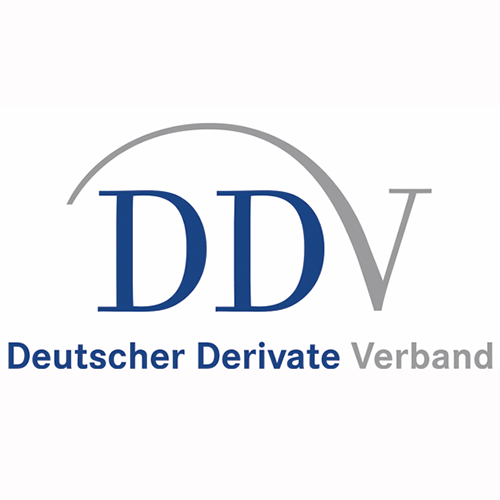Once again Germany’s structured retail products market remains the most active in Europe in terms of issuance and sales. SRP spoke to the German derivatives association (DDV) to summarise the main activities and events witnessed in 2018 as well as the impact of the implementation of the Priips Kid regime.
Lars Brandau, managing director at the DDV talks about the DDV’s activities in 2018, the role of the trade body as transversal player in the market and the value of structured products in uncertain markets
What would you highlight around DDVs activities/initiatives this year?
This year the DDV has brought a bundle of initiatives to the market. First and foremost, there is the predominantly smooth implementation of the Mifid 2 guidelines at the beginning of the year, but above all the rescue of the inline warrants, which were originally to be banned. Furthermore, we worked on the educational initiatives. Among them were more than 20 new training and explanatory films as well as more than 35 lectures at stock exchange clubs, at universities, etc. The online training was revised and the number of published content increased noticeably.
What is driving the DDV agenda at the moment?
The DDV acts in all directions. Even if regulation demands a lot of strength and energy in the depth of detail, there are other stakeholder groups that need to be looked after and openly communicated with. These concerns the members of the association, then the representatives of the media and, last but not least, the retail investors, who are increasingly coming to us with questions. In the end, it's all about simple, understandable communication and about making the things we do sustainable and explaining them.
What events do you expect to see in the market in the short-term? Where is the market going?
This is a difficult question to answer. For months, we have been experiencing political stock exchanges, fears of bankruptcy in Italy, disorderly Brexit, trade disputes between the US and China, and the simmering threat of war in Russia and Ukraine. After eight very good years on the stock exchanges, the majority of experts seem to be expecting another difficult year in the markets. This, in turn, provides some confidence in the certificates industry because only structured securities can perform in those markets.
What are the challenges the industry is facing?
The industry faces the same challenges as the rest of the financial industry. Falling revenues in a difficult market environment with rising and costly regulatory burden. In addition, we also deal with topics such as the progressing digitization, cryptocurrencies or the future requirements in terms of sustainability. In this respect, we take up impulses and implement them strategically.
DDV: The market expects a meaningful Priips review
Henning Bergmann, managing director at the DDV talks about the impact of the Priips Kid implementation one-year on, and what needs to be done for the new regime to have a meaningful application.

From a DDV point of view, the postponement of the PRIIP Review is a double-edged sword. On the one hand, there is an urgent need to improve the PRIIPs specifications, especially with regard to the calculations and representations for performance scenarios and costs. On the other hand, the review must also be thorough and comprehensive, based on in-depth analysis, testing and market surveys. No one is helped with a quick shot. It could instead cause more irritation. The postponement is understandable in the view of the advanced time. We now expect a much larger review in 2019, which eventually has to lead to meaningful results.
Do you think this is an opportunity to review the whole framework and align it with Mifid 2?
The postponement understandably raises the expectations of market participants now. From the beginning, the DDV was in active exchange with national and international supervisory authorities as well as the political decision-makers in Berlin and Brussels. The problem areas were addressed promptly and repeatedly. Therefore, we now expect a well-considered and well-founded 2019 review that will look at the entire cascade of investor information, including Mifid 2 requirements.
What areas of Priips remain a challenge for the market?
In addition to a few minor problems, there are two major points of contention above all: Firstly, the presentation and calculation of the "performance scenarios" and secondly the information about costs. Although Q & As have occasionally remedied - keyword exception in the annualization of products with a term of less than a year - but these are selective "quick fixes" that do not solve the fundamental problems. Here we see the greatest need for improvement, not through Level III measures, but at Level II and, if necessary, Level I.
What’s the feedback you get from members one-year on (approximately) since the Priips Kid implementation?
The DDV and its member banks are very closely following Priips. Therefore, we were made aware of grievances at an early stage. In principle, the processes have established very quickly after a "familiarization phase" in which there were sometimes technical problems. In that sense, we can justifiably claim that we have achieved a quick and complete implementation that we can be proud of. Nonetheless, the difficulties already described above remain, especially with the rigidly predetermined methods and representations in terms of costs and scenarios. The acceptance of the KID among the investors is therefore unfortunately very low. It should also be considered that in Germany, with product information sheets under national law, we had information that had been balanced over many years, the quality of which leaves the KID very much behind.

